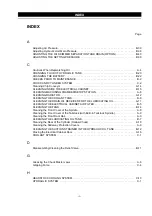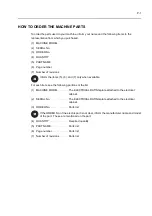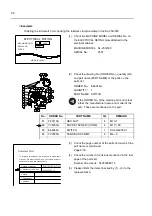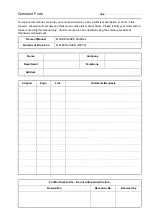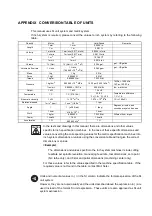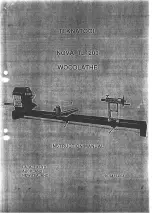
OUTLINE OF SYSTEMS C-3
4.1
Safety Practices when Mounting/Removing a Chuck
WARNING
(1) When mounting a chuck, chuck cylinder, or connection rod to the
spindle, read the instruction manuals provided by Mori Seiki, the
chuck manufacturer, and the chuck cylinder manufacturer. The
necessary considerations are set out in the instruction manuals. If
the chuck, chuck cylinder, or connection rod is mounted to the
spindle without understanding these considerations it will be
damaged, and if machining is carried out after such damage has
occurred, the workpiece, chuck, and/or chuck jaw could fly out,
causing accidents involving serious injuries or damage to the
machine.
(2) If you use a workpiece holding fixture other than the chuck supplied
with the machine, be sure to contact Mori Seiki to prevent accidents.
Mori Seiki is not responsible for accidents caused by the use of
fixtures prepared by the customer without consulting Mori Seiki.
(3) If the chuck supplied with the machine is removed from the machine
and a specially prepared fixture is used instead of the chuck to hold a
workpiece, the chuck cylinder and connecting rod should be removed
if they do not operate due to the mounting of the special fixture. If the
spindle is started with the chuck cylinder and the connecting rod still
mounted, the connecting rod will vibrate and the connecting rod and
the chuck cylinder could become detached, causing injuries and
accidents involving serious or damage to the machine.
(4) Leave the pilot bush mounted in the chuck.
If the machine is operated with the pilot bush removed, a master jaw
or a jaw of the chuck could fly out, causing accidents involving
serious injuries or damage to the machine.
(5) The socket hole in the hex. socket head cap bolts used for mounting
chuck jaws and fixtures will become enlarged over a long period of
use. Check these hex. socket head cap bolts at regular intervals and
if a hex. wrench does not fit in the socket hole, replace the bolt with
new one.
If there is an excessive gap between the socket hole and hex. wrench,
the bolt cannot be torqued correctly. If the machine is operated while
a bolt is not torqued correctly, a workpiece, chuck jaw or a fixture
could fly out, causing serious injuries or damage to the machine.























